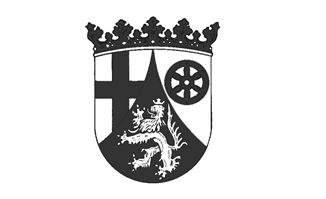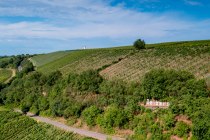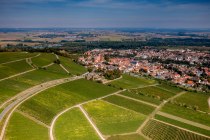Staatliche Weinbaudomäne Oppenheim
The wine-growing domain Oppenheim was founded in 1895 by Ernst Ludwig Grand Duke of Hessen and near Rhein. Of all state vineyards in Rhineland-Palatinate, it is the only one of the Verband der Prädikatsweingüter (VDP). 23 hectares of vineyards are now owned by the domain operation. Including many in the top locations of the Rhine terrace: Oppenheimer Herrenberg, Oppenheimer Sackträger and Niersteiner Glöck (in sole ownership). In the basement, Thorsten Eller has been director of the cellar for two years. It is his responsibility to work out the intricacies of the well-known Oppenheim vineyard sites.
On the domain, English and German are spoken.















